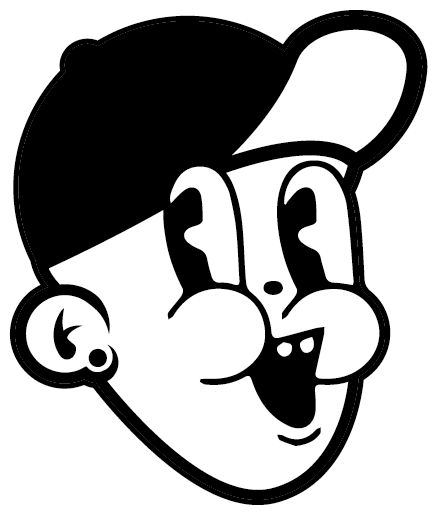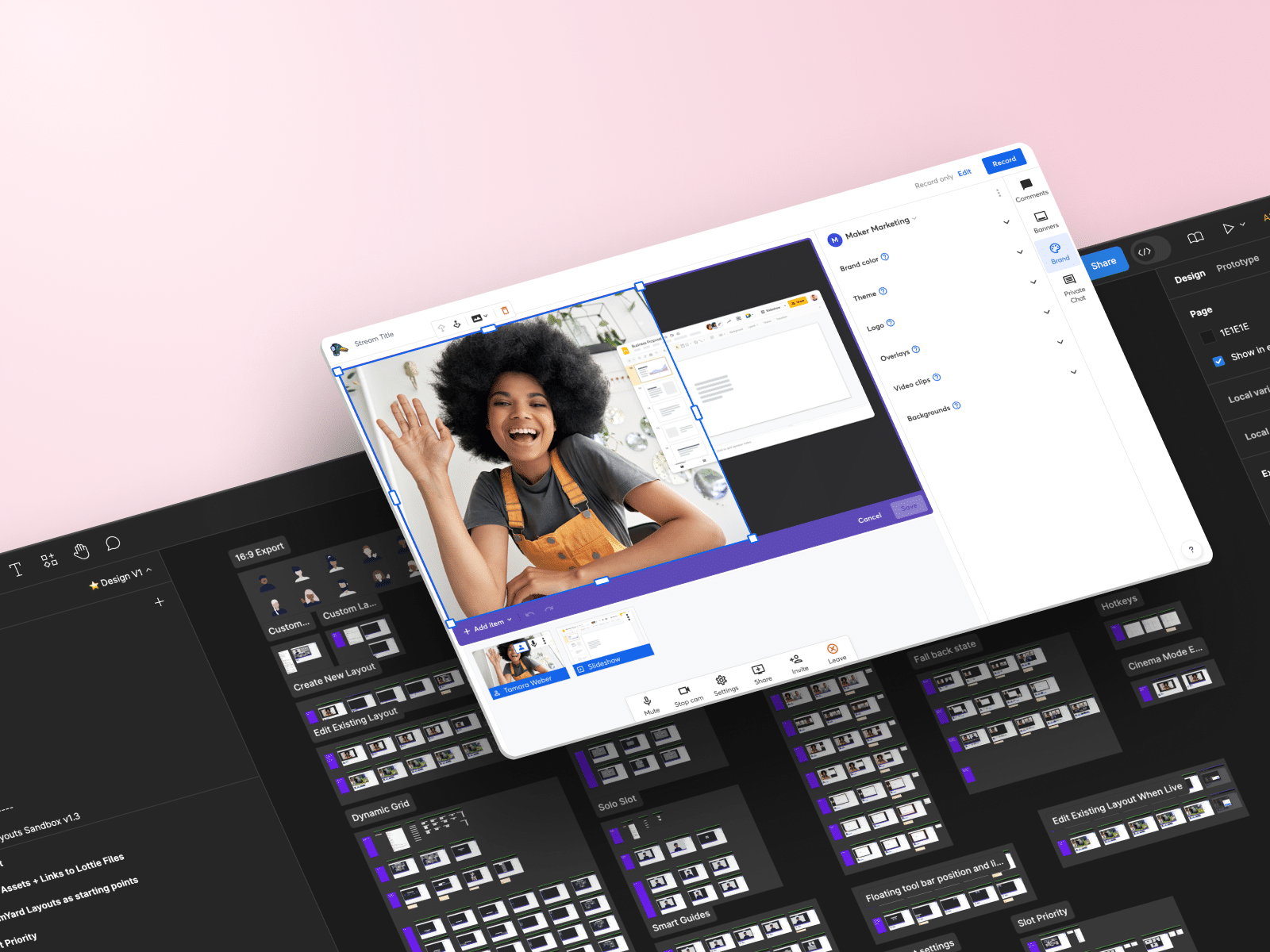As a Lead Product Designer, my role transcends the traditional boundaries of design and leadership, embedding deep within both the creative and operational aspects of product development. At the heart of this role lies the critical task of driving the design process—a complex blend of artistry and efficiency, customised to meet both the needs of our project and the unique dynamics of our team. This involves a rigorous method of process assessment, standardisation, flexibility, and continuous adaptation that ensures our design activities are both innovative and aligned with our strategic objectives.
Process Assessment and Customisation
Our journey begins with an in-depth evaluation of existing processes through direct team feedback, helping us identify what works and what needs improvement. This initial step is crucial for customising our approach to fit the team’s unique requirements. We then establish clear, measurable objectives that align with both our immediate project goals and the broader organisational aims, guiding our design efforts with precision.
Standardisation and Flexibility
We develop key stages such as research, ideation, prototyping, and testing to ensure a standardised approach, fundamental for maintaining quality and consistency. However, we maintain flexibility to adjust these standards based on real-time feedback and project demands, ensuring our processes are not only consistent but also dynamically responsive to changing needs.
Tools, Training, and Resources
Providing the right tools and resources is vital for the efficient execution of our processes, encompassing everything from advanced software to cutting-edge research materials. We ensure every team member is proficient through targeted training and continuous mentoring, fostering an environment ripe for ongoing learning and adaptation.
Monitoring and Iterative Improvement
We regularly review the effectiveness of our design processes with the team, staying open to iterative improvements. This ongoing evaluation is key to adapting our methods to new challenges and ensuring that our workflow remains robust yet flexible.
Encouraging Feedback and Innovation
By cultivating a culture where feedback and innovative ideas are actively encouraged, we maintain a dynamic and evolving design process. We establish clear norms for giving and receiving feedback, emphasising respect and clarity with the goal of growth. Regular feedback sessions are integrated into our project timelines, promoting the use of constructive language that focuses on improvement and solutions.
Adapting to Change
Embracing change as an inherent part of the design process is non-negotiable. We view change as an opportunity to innovate and improve, keeping abreast of industry trends and technological advancements to better anticipate and adapt to shifts that might affect our projects. An iterative design process that accommodates regular reassessment and a flexible planning approach with adjustable milestones ensures that our design plans can evolve with the project’s needs.
In conclusion, leading the design process in today’s fast-paced and ever-evolving product development landscape requires a blend of strategic foresight, creative acumen, and an unwavering commitment to team collaboration and growth. By actively involving our team in refining our processes and embracing a culture of continuous improvement and feedback, we not only navigate the complexities of modern design projects but also set the stage for future innovations and success. This proactive and inclusive approach ensures that our projects are not only successful but also pave the way for advancing the broader goals of our organization and the professional development of our team members. Through this, we truly define what it means to lead in product design, continually pushing the boundaries of what is possible.



